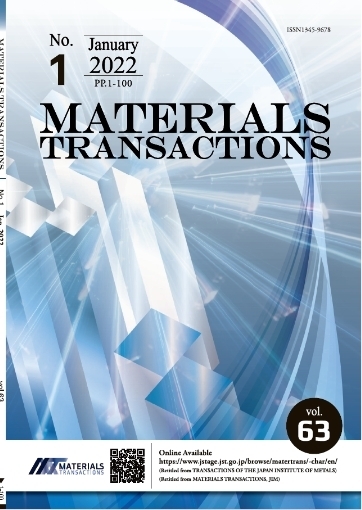Accelerating the Bleaching Rate of Photochromic WO3 Composite Films for Smart-Window Applications by Adding Low-Molecular-Weight PEG
Tatsuhiro Matsumae, Yutaka Nishigaichi, Hidetoshi Miyazaki
pp. 603-607
抄録
WO3-based composite films synthesized using peroxo iso-polytungstic acid (W-IPA) and a transparent urethane resin exhibit reversible photochromic properties when irradiated with light. In this study, low-molecular-weight polyethylene glycols (PEGs, average molecular weights: 200–1000) were added to WO3-based composite films and their photochromic properties were evaluated. The WO3 particles in the composite films did not vary significantly in size, irrespective of the molecular weight of the added PEG. The addition of low-molecular-weight PEGs led to composite films with higher coloring and bleaching rates, with a remarkably high bleaching rate observed for the composite film containing PEG with a molecular weight of 400. The improved bleaching properties of the prepared films are mainly attributable to electron transfer associated with the presence of low-molecular-weight PEGs in the composite films.










